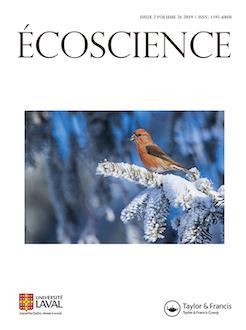Elements of the ancient periglacial flora such as peat bog shrubs provide a paleorefugium in Central Europe for survival of glacial biota and other cold-adapted species during recent climate change. This study provides evidence that diversity of one of the most numerous consumers in peat bogs, beetles, was higher in mid-successional stages characterized by the highest degree of shrub encroachment, compared with early and old stages. The main autogenic factor driving successional changes of herb-shrub layer coleopteran assemblages were shrub cover and bog water level. Younger successional stages contained the highest abundance of herb dwellers (chortobionts) and polyphagous species, whereas middle and old stages contained shrub inhabitants (chamebionts), which are oligophagous species specializing on ericaceous dwarf shrubs. Species richness and abundance of cold-adapted inhabitants of peat bogs (tyrphobiontic and tyrphophilous) increased from young to old successional stages along with increased shrub cover. Herb dwellers and polyphagous species are among the first primary consumers to colonize peat bogs. With changes in late-successional habitats, in particular the invasion of ericaceous dwarf shrubs, chamebiontic and oligophagous species start colonizing.
How to translate text using browser tools
8 March 2019
Autogenic Ecological Succession of a Pristine Peat Bog: Focus on Factors Affecting Beetle Diversity
Gennadi G. Sushko
ACCESS THE FULL ARTICLE

Ecoscience
Vol. 26 • No. 2
March 2019
Vol. 26 • No. 2
March 2019
assemblages
Coleoptera
diversity
peat bog
Succession





